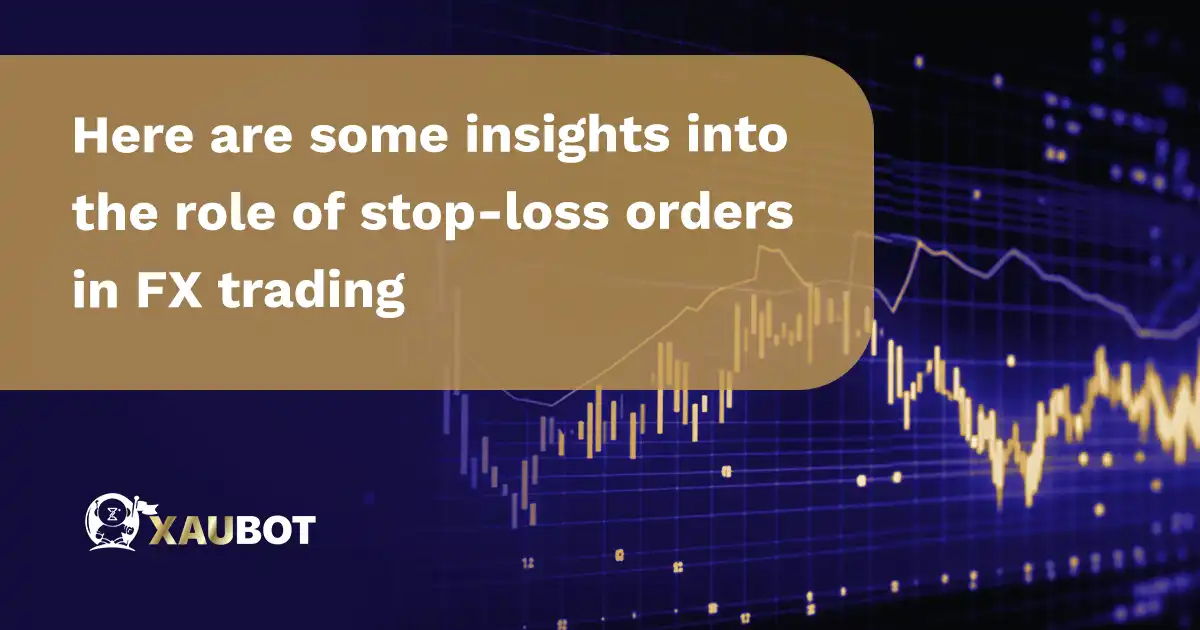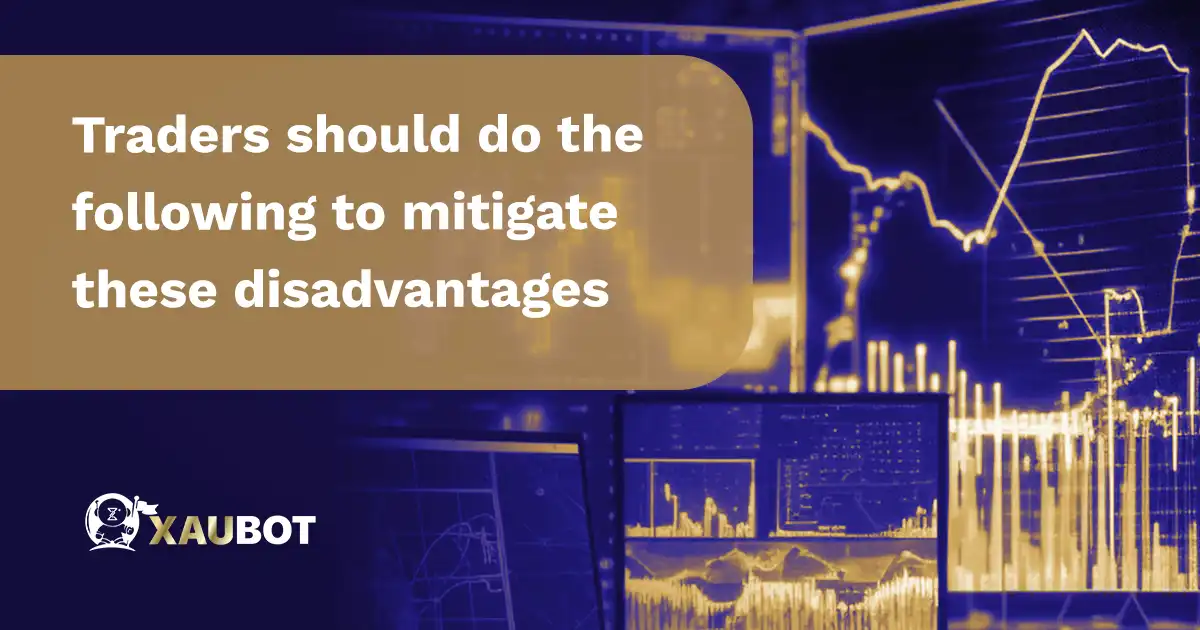Stop-loss orders are important in forex trading because they are effective risk control strategies. Forex trading entails purchasing one currency while simultaneously selling another, and the market may be highly volatile, with fast price fluctuations. In such an atmosphere, traders must preserve their capital and properly handle prospective losses.
What is a Stop- Loss Order?
- A stop-loss order instructs the seller to sell a currency pair if it hits a predetermined price.
- Stop-loss orders are an important component of any forex trading strategy.
- They can assist you in safeguarding your capital and avoiding huge losses.
- Stop-loss orders can be placed prior to or after you begin a trade.
- Stop-loss orders are an important risk management tool.
- They can assist you in safeguarding your capital and avoiding huge losses.
- It is crucial to note, however, that stop-loss orders are not always effective.
- Your stop-loss order may not be triggered in time if the market moves swiftly.
- Stop-loss orders are classified into two types:
Market-based stop-loss orders and Trailing stop-loss orders.
- Market- based stop-loss orders- These orders are triggered when the price of a currency pair hits a specific level. For example, if you set a stop-loss order at 1.1000, your trade will be closed if the EUR/USD price reaches that level.
- Trailing stop-loss orders- Are activated when the price of a currency pair hits a specified level, but the price at which the order is triggered climbs as the price rises. If you set a trailing stop-loss order at 1.1000 with a trailing distance of 10 pips, your trade will be closed if the EUR/USD price reaches 1.1100, but if the EUR/USD price climbs to 1.1110, your stop-loss order will be raised to 1.1110.
The following table compares market-based stop-loss orders to trailing stop-loss orders:
| Feature | Market-Based stop-loss order | Trailing stop-loss orders |
| Triggered when | The currency pair’s price reaches a specified threshold. | The currency pair’s price reaches a specific level, but the price at which the order is activated climbs as the currency pair’s price rises. |
| Suitable for | Trades in which you aim to reduce your losses | Trades in which you seek to lock in profits while letting your position run |
| Pros | Easy to use | More flexible than market-based stop-loss orders |
| Cons | Can be less effective if the market moves quickly. | It may be more complex to implement than market-based stop-loss orders. |
Here are some insights into the role of stop-loss orders in FX trading

- Emotional Control: Emotions can have a big impact on trading decisions. Fear and greed might cause traders to make rash decisions. When it comes to leaving lost transactions, having a stop-loss order in place eliminates the need for emotional decision-making. It assures that if the price swings against the trader beyond a certain point, the trade is automatically closed.
- Risk Management: Forex trading may be extremely volatile, with prices changing quickly. Stop-loss orders assist traders in defining their maximum allowable loss on a trade. Traders can minimise their risk exposure and avoid huge losses by setting a stop-loss level, especially during unexpected market fluctuations.
- Maintaining Trading Discipline: Successful trading necessitates discipline and sticking to a trading plan. By incorporating stop-loss orders, traders are forced to adhere to their risk management tactics, eliminating the temptation to hold onto failing trades in the chance of a turnaround.
- Changing Trade Size: Traders can change the size of their trades based on the distance between the entry and stop-loss levels. Larger positions can be taken with wider stop-loss orders, whereas tighter stops limit the transaction size. This adaptability enables traders to tailor their risk exposure to changing market conditions.
- Stress Reduction: Trading without stop-loss orders can be mentally draining since traders must constantly check the markets and worry about prospective losses. Stop-loss orders reduce stress by offering a sense of security and allowing traders to concentrate on other areas of their trading strategy.
Therefore, stop-loss orders are important tools for forex traders because they assist traders control risk, prevent excessive losses, maintain discipline, and provide a disciplined approach to trading. Stop-loss orders, when included in a comprehensive trading plan, can considerably increase a trader’s long-term success in the forex market.
There are several disadvantages associated with stop-loss orders that traders should be aware of, and I’ll highlight the most common ones relevant to forex trading.
- Psychological Effect: Forex trading may be emotionally taxing, and constantly monitoring and modifying stop-loss levels can add to the trader’s stress. Fear of potential losses or losing out on earnings might lead to rash decisions that vary from the trader’s well-thought-out trading plan. Traders must retain emotional discipline and stick to their trading strategy even during situations of market volatility.
- Market Manipulation: While not common, market manipulation can have an impact on forex trading. Large market participants or market manipulators may purposefully trigger stop-loss orders placed at significant price levels to create false market moves or cascade stop-outs from other traders. Being aware of this risk can help traders avoid overexposure and potential manipulation.
- Premature Exits: Trading positions may be prematurely closed out if stop-loss orders are placed too closely to the entry price. Forex markets are known for their frequent short-term price changes and market noise, which can cause tight stop-loss levels to be activated before the trade has a chance to turn out in the trader’s favor. Risk management and allowing enough breathing room for trades within the time frames they have chosen must be balanced by traders.
- Additional Transaction Costs: Using stop-loss orders frequently might result in increased transaction costs in forex trading, especially when considering the spreads charged by brokers. If traders choose tight stop-loss settings that are regularly triggered, they may pay additional trading costs. To optimise trading methods, it is critical to assess the trade-off between risk management and transaction costs.
Traders should do the following to mitigate these disadvantages

- Create a solid trading strategy that incorporates well-defined entry and exit strategies as well as risk management approaches.
- Allow for normal price movements while keeping proper risk control by not placing stop-loss levels too close to the entry price.
- Keep up to date on market conditions and news events that may have an impact on the forex market, since this can assist decrease your exposure to potential market manipulation.
- In addition to stop-loss orders, use other risk management tools and tactics such as position sizing, diversification, and good trade management.
In the end, knowing the drawbacks of stop-loss orders and judiciously utilising them within a comprehensive trading plan will assist forex traders in efficiently managing risk and improving their overall trading performance.
FAQs: Stop-Loss Orders in the FOREX
What is the purpose of a stop-loss order?
When a trader places a stop-loss order, it goes into effect when the market price reaches the designated stop price. When the stop-loss order is activated, it becomes a market order, and the deal is terminated at the current market price, which may differ somewhat from the stop price.
How can I set a suitable stop-loss level?
The most appropriate stop-loss level is determined by the trader’s risk tolerance, market conditions, and trading strategy. It is critical to achieve a balance between allowing for market swings and limiting potential losses.
Should I always use stop-loss orders while trading forex?
Using stop-loss orders is a good risk-management strategy. While they are useful, traders should examine their own trading styles and methods before using them in every deal.
Can a stop-loss order safeguard me against all losses?
While stop-loss orders are useful risk management tools, they do not provide total loss protection. Stop-loss orders may not be executed at the designated level in instances of excessive market volatility or unforeseen developments, resulting in possible losses beyond the set limit.
How should stop-loss orders be incorporated into my trading strategy?
Traders should develop a complete trading strategy that incorporates risk management tools such as stop-loss orders. A successful trading strategy includes properly establishing entry and exit points, position sizing, and trade management.
Final words
Stop-loss orders play an important and friendly role in forex trading as trustworthy risk management allies. They secure your capital, assist you in maintaining discipline, and keep you stress-free. Accept stop-loss orders as crucial instruments in your trading adventure, allowing you to confidently traverse the markets. Happy trading, and may your stop-loss orders be your steadfast protector on the road to victory!
